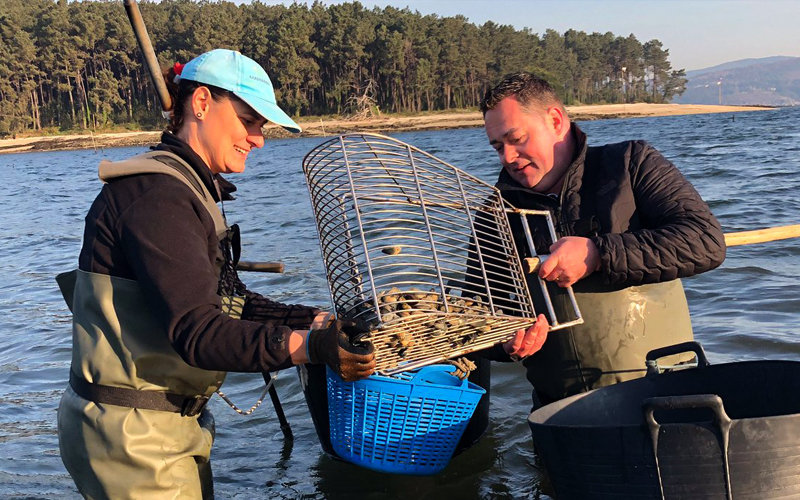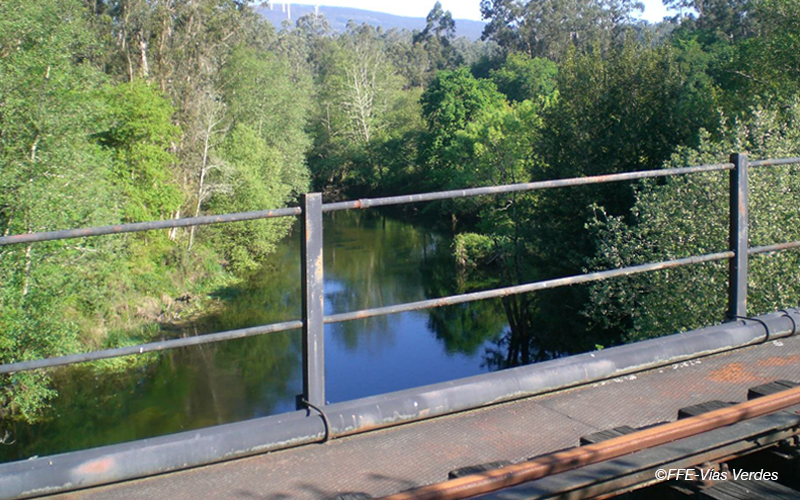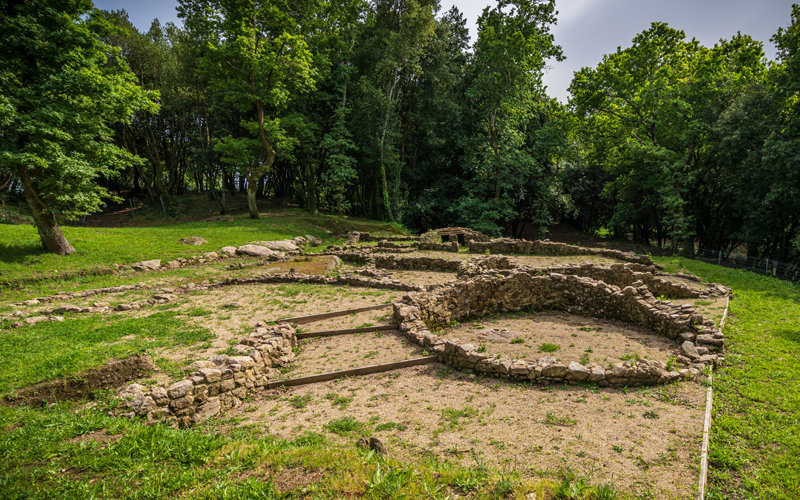
Vilagarcía is worth visiting any season during the year. Whether it is summer, spring or autumn it is always full of colour: the blue colour of the maritime and shell fishing routes; the green of the trekking routes and cycling tracks; the golden reflection of the granite of the pazos and churches; the patina of the petroglyphs and excavations of ancient settlements or castros, the yellow ocher, green and red colours that decorate the vines depending on the season; the infinite colours and aromas that flourish in the parks and gardens at any time. Vilagarcía is the sea but also a field and a mountain. Shall we take a trip?


















